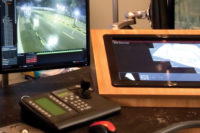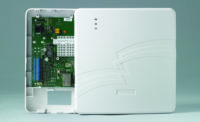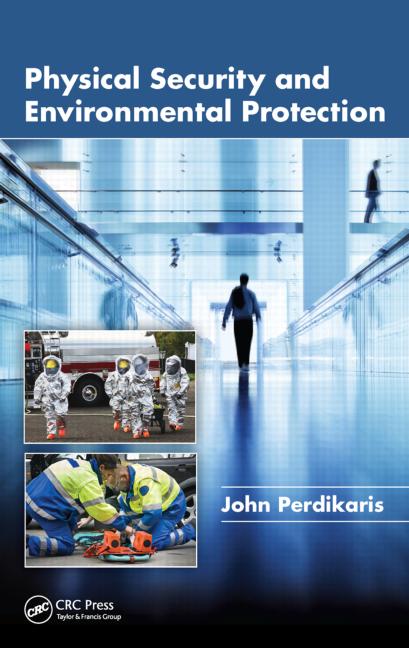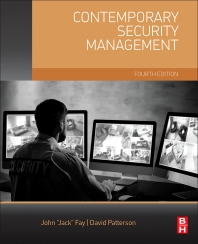Milestone Systems open platform IP video management software (VMS) is being used in a unique way: Aronson Security Group (ASG) has designed an innovative button for nurses and doctors when a critical medical transport is needed. Some healthcare clients in the Pacific Northwest asked for a new emergency transport notification solution for improving patient outcomes in emergency transport such as helicopter, fixed-wing, and ground ambulance support for seriously ill or injured patients.
The previously used button system was unreliable. When a nurse pressed the button, there was no acknowledgement indicating the order had been received. Often the nurse would also have to call medical transport, wasting valuable seconds in addition to the cost of monthly telephone charges and the need for a modem purchase. ASG’s medical transport clients wanted to dramatically improve patient service and create something that would work for hospitals and transport providers alike.
ASG has years of experience installing Milestone XProtect video management software (VMS) for a variety of customers. They knew that the rules engine in the Milestone software would give the input/output (I/O) functionality that was necessary to create the desired solution. The open platform architecture of VMS is designed just for this kind of innovative integration of multiple sensor data.
“We came up with the idea to use Milestone software for an input from the button and an output for a confirmation LED light,” said Steve Lowrance, director of product management at ASG. “When the button is pushed, positive acknowledgement is confirmed by a light turning on. It’s a simple but very effective solution. We also wanted to send a visual confirmation of the request back to the command center.”
Milestone VMS uses the same sensor monitoring methodology for the button as it normally does for a video camera. This is done by reporting camera performance back to the base system installed in the transport company’s communications center.
Nurses and doctors in the hospital now have clear directives. When the hospital needs medical transportation, a staff member presses the button. The button flashes red indicating it is sending, and turns green when it is received. The Milestone rules engine processes the request by automatically sending a message to the communications center, where the notification flashes on the big screen and also gets broadcast to the center’s phones and email. A separate communication goes to the regional director of the flight crew.
The proof of concept originally designed for two hospitals is now in 15-20 different locations. Requests are streaming in from hospitals around the country and Lowrance sees more potential to this solution beyond the current iteration: “Down the road as we develop it, we will be able to build it into a self-enclosed 8x12 back panel at hospitals, completely self-contained, needing only a power outlet and a network jack.”
Lowrance said ASG is looking at extending the solution to airports where helicopter flight crews are stationed. Often an emergency transport notification is in the middle of the night when the crew is asleep. “We’d like to notify the crew of a call coming via an alarm or strobe. We’re also in discussions with 911 to give them the capability of calling for a medical transport.
“We’re only beginning to scratch the surface of what we can do with this flexible integration solution,” Lowrance said.









